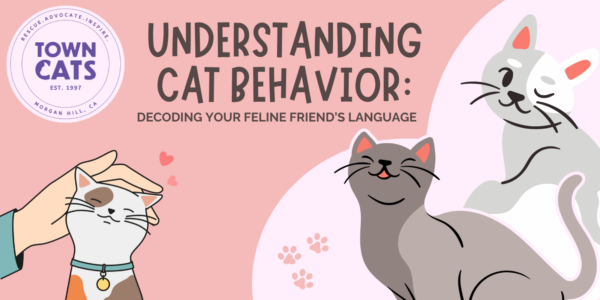
Cats are fascinating creatures known for their independent nature and enigmatic personalities. While they may seem aloof at times, cats communicate with us in subtle ways, using a variety of vocalizations, body language, and facial expressions. One of the most common forms of feline communication is meowing, which serves as a primary way for them to interact with humans.
This article delves into the fascinating world of cat meows, exploring their purpose, meaning, and how they contribute to the unique bond between cats and their human companions. We’ll examine why cats meow back at you, decode different types of meows, and provide insights into understanding your feline friend’s needs through their vocalizations.
Why Cats Meow
Cats primarily meow to communicate with humans. While kittens use meows to solicit food and attention from their mothers, adult cats have evolved to use meowing as a way to interact with us specifically. Their meows are often directed at us because we are the ones who provide for their needs, such as food, water, playtime, and affection.
Interestingly, cats rarely meow to each other. They primarily communicate through other means, like scent marking, body language, and subtle vocalizations that are not audible to human ears. This suggests that meowing is a specialized form of communication reserved for interacting with humans.
Cat Meows and Human Communication
Cats have learned that meowing can be an effective way to get our attention and influence our behavior. They’ve observed that when they meow, we often respond by providing them with what they want, whether it’s food, a cuddle, or playtime. This positive reinforcement encourages them to continue using meows as a communication tool.
The tone, pitch, and duration of a cat’s meow can convey different messages. A short, high-pitched meow might indicate excitement or anticipation, while a longer, drawn-out meow could signal distress or discomfort. By paying attention to the nuances of your cat’s meows, you can begin to understand their needs and intentions.
Decoding Cat Vocalizations
While meowing is the most common vocalization, cats also use other sounds to communicate. A purr often signifies contentment and relaxation, while a hiss or growl indicates fear or aggression. Chirping or trilling sounds are typically associated with excitement or playfulness.
Learning to recognize these different vocalizations can provide valuable insights into your cat’s emotional state and help you respond appropriately. For example, if your cat hisses at you when you approach their food bowl, it’s best to give them space and allow them to eat in peace.
Understanding Your Cat’s Needs
When your cat meows back at you, it’s often a response to something you’ve done or said. They may be seeking attention, food, water, playtime, or even just a cuddle. By paying close attention to the context of their meow and their body language, you can usually determine what they need.
For example, if your cat meows persistently at their food bowl, it’s likely time for a meal. If they rub against your legs and meow softly, they may be seeking affection or playtime. Understanding these cues can help you meet your cat’s needs and strengthen your bond.
Strengthening the Human-Cat Bond
Understanding your cat’s meows is an important step in building a strong and meaningful relationship with them. By paying attention to their vocalizations, you can learn to communicate more effectively and build trust.
When you respond appropriately to your cat’s meows, you reinforce positive behavior and show them that you understand their needs. This strengthens the bond between you and creates a more harmonious living environment for both of you.
Conclusion
Cats are complex and fascinating creatures who communicate with us in unique ways. While they may seem aloof at times, their meows are a clear indication that they want to interact with us and share their world. By learning to decode their vocalizations, we can gain a deeper understanding of their needs and strengthen the bond between us. Remember, every meow is an opportunity to connect with your feline friend on a deeper level.
